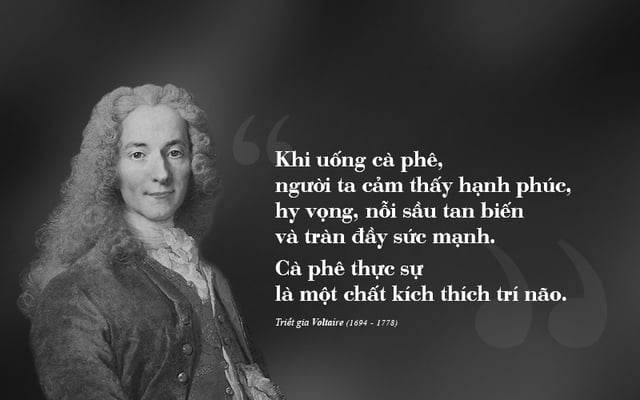
The Japanese have shaped the Tea Ceremony into a national ethic, an art of living conveyed through the enjoyment of a cup of tea. Meanwhile, Vietnam - one of the world's leading coffee powers, has the world's best Robusta coffee beans, has a long history of coffee enjoyment culture for hundreds of years, but up to now, the value of Vietnamese coffee is still in the low segment, mainly exported raw and has not been properly shaped as the inherent position of the industry and the country.
With the desire to bring the Vietnamese coffee industry to a new level, enhancing the value of coffee not only as a regular drink but also at the level of cultural coffee, artistic coffee, spiritual coffee... to philosophical coffee, worthy of the position of the world's coffee powerhouse - Trung Nguyen Legend Group has spent time and passion for many years to research the history, culture, art... of coffee in all areas of human life so that coffee becomes "Philosophical Coffee".
Throughout the journey of creation and development of Trung Nguyen Legend, the spirit of dedication to serving the community has always been the core through many action programs to Create great aspirations and great aspirations for the country; to build a new position for the Vietnamese coffee industry on the world coffee map and on this Journey, Trung Nguyen Legend wishes to join hands with national policy makers so that Vietnam will soon become a powerful country and have comprehensive influence on the world!
The Japanese did it!
We Vietnamese can do it too and do it better!
The turning point of the art era
In the 17th century, for the first time, art with the meaning of Creative art, or Fine art, was formed. Art is considered a skill to express the artist's creativity, to evoke aesthetic senses, to stimulate the thoughts, emotions, beliefs or ideas of the audience. With the nature of reflecting the broad changes of society, as well as the artist's perspective, this definition is completely compatible with the shift of European society at that time.
In the 17th century, Europe fell into a crisis of consciousness (La Crise de la conscience européenne). People lost faith in political institutions, doubted the ideology, worldview and cosmology of the church. From there, it promoted the will to fight for the truth and act to change the lives of each individual, especially the elite scholars. This ideology opened the Enlightenment period in Europe in the 17th and 18th centuries with great creations, bringing about remarkable advances in human understanding and the application of scientific knowledge, creating major turning points in the development of many fields, from science, technology, economics, politics to culture, art ...
With their rationalistic beliefs about the universe and their optimistic vision of an ideal post-monarchical society, the Enlightenment philosophers shaped a new role for art. If in the past, art served the aristocracy, the church and the state, then in the new society, art must be "for the people", must be moral instead of immoral, and teach people right from wrong. This was an important turning point in the art world, defining the mission of art towards creating value for the public and society. The art world began to have an understanding of itself and society, with the desire to explore and experiment with new things. Works of art emphasized objectivity and empirical truth rather than abstraction and grandeur.
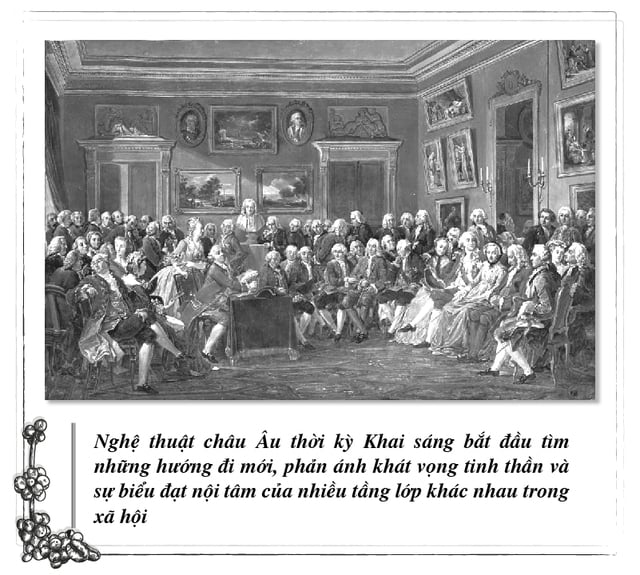
As the 19th century progressed, Europe and the world underwent rapid and profound changes due to the impact of the industrial revolution on production, transportation and ways of living and working. These social changes inspired artists to explore new themes, creating conditions for art to flourish. Art, especially literature and painting, underwent dramatic changes, moving from works in the style of the "Old Masters" to the dawn of Modernism.
If in the past, artists were commissioned to produce works for the aristocracy or organizations, from the 19th century, artists really began to create according to the value system set by the individual, exploring new fields. In addition, along with the advances in photography during this period, the invention of the collapsible tin paint tube created conditions for artists to leave the studio and go out into the world to find inspiration for their work.
Literature is the same, works are developed with a new approach, focusing on exploring deep things inside, reflecting social reality more than the superficial vanity of social hierarchy.
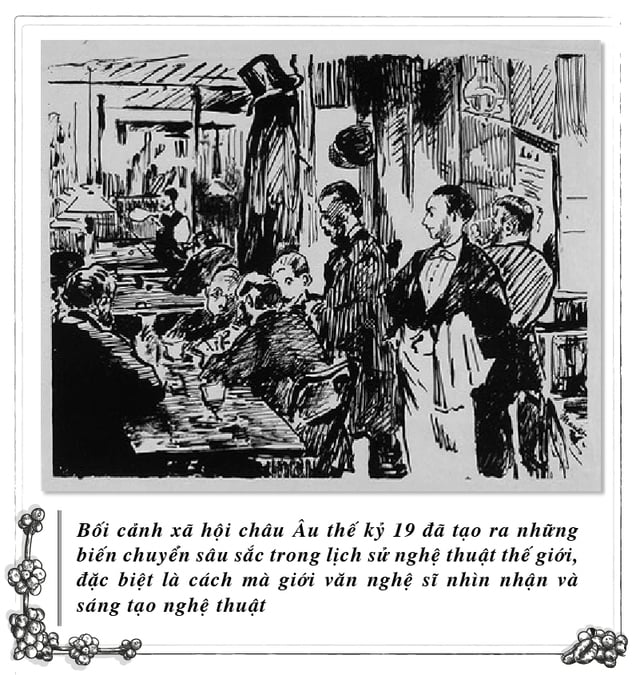
The idealistic free-thinking of seeking truth fueled the endless creativity of artists. New artistic standards were constantly being introduced, breaking old rules one after another. A series of artistic schools such as Romanticism, Impressionism, Cubism, Futurism, Fauvism, Expressionism, Dada, Surrealism, etc. were formed, creating an impressive period in the history of 19th-20th century art.
Coffee - the infinite source of creative energy for art
The 17th century, the period when primitive art turned to creative art, fine art was also the period when coffee was introduced to Europe. Considered a miracle drug for the brain, coffee became an enlightening drink and accompanied many intellectuals from philosophers, scientists, to painters, writers, composers such as: Thinker Voltaire, Carlo Goldoni, scientist Issac Newton, great writer Balzac, Hemingway, Peter Altenberg, composer Wolfgang Amadeus Mozart, famous painter Pablo Picasso...
Intellectuals all praise coffee as a source of energy that awakens the human spirit and creates limitless things. For example, the great composer Beethoven - the pioneer (Wegbereiter) of the romantic music period, had a habit of choosing 60 coffee beans to make a cup of Moka. Johann Wolfgang von Goethe, the greatest and most famous German playwright and novelist, the initiator of Romanticism, had a habit of drinking coffee every day and liked to distill coffee himself. The great writer Balzac - the founder of realism in European literature, drank up to 50 cups of coffee, to help his imagination create miracles. Or Gustave Courbet, famous as the leader of the "realist school", often went to Café du Center (Switzerland), where there was a private table for him to create and debate with his friends.
Along with coffee, European coffee houses, typically in France, Italy, and Vienna, played an extremely important role in the history of art. They were intellectual centers for artists to freely dialogue, observe, interact socially, and create. Away from the confines of academia, artists could go to coffee houses, meet like-minded people, share ideas and inspirations, and create new artistic principles.
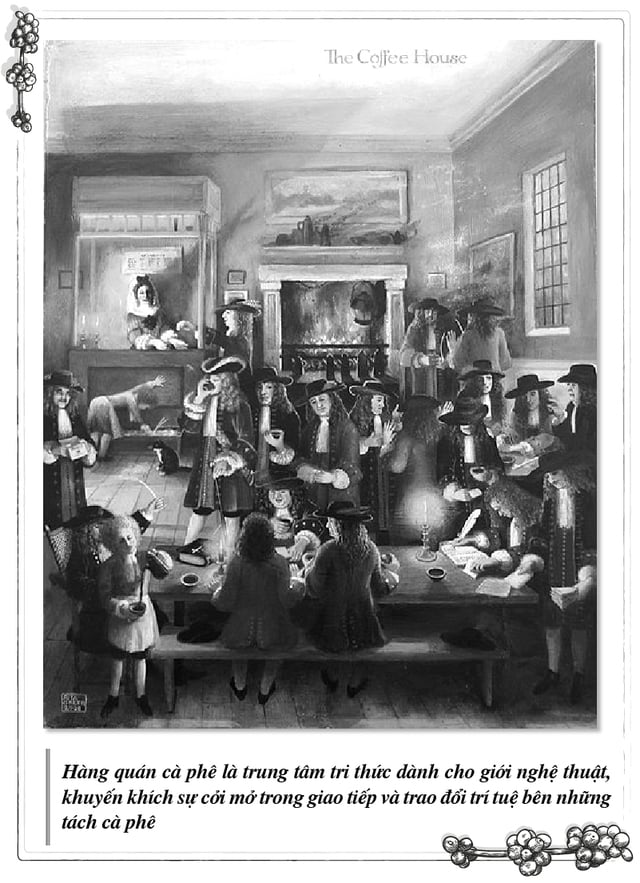
From the 19th century, with the growing desire for autonomy, artists wanted to create their own space and movement, to be free to think. The coffee shop became a symbol of modern life, a great place, a perfect setting to see the world and to draw inspiration for paintings, poems and novels.
In addition, the art space has intersected with coffee shops. Coffee spaces in Italy, France, Vienna are unique places to display and exhibit famous works of art, promoting interesting conversations and a strong sense of culture. From here, new art schools typical of the 19th - 20th centuries were formed, such as: Impressionism, Expressionism, Surrealism, Modernism, Futurism....
At the end of the 19th century, Édouard Manet (1832 - 1883) founded the Batignolles group ( Le groupe des Batignolles ), including famous painters Edgar Degas, Claude Monet, Alfred Sisley... The group regularly met at Café de la Nouvelle Athènes, Café Guerbois, Café Tortoni... on Sundays and Thursdays with the participation of writers and art lovers. They shared innovative ideas about painting, giving rise to the establishment of the Impressionist school. Notably, in 1874, at the Guerbois Café, the group's first collective exhibition officially gave birth to the Impressionist school.
As the Impressionist school flourished, discussion activities spread to many cafes such as Femme au café, Le Café du Rat-Mort, Le café Momus... The creative works and philosophies of the Impressionist school were widely disseminated and many famous artists developed new art styles, laying the foundation for modern art with Cubism, Fauvism, Pointillism, Expressionism...
Coffee shops were also a place for Impressionist artists to explore life, inspiring the creation of many beautiful paintings, such as "At Cafe Guerbois", "The Café-Concert", "Cafe Terrace at Night", "Terrace of a Cafe on Montmartre"...
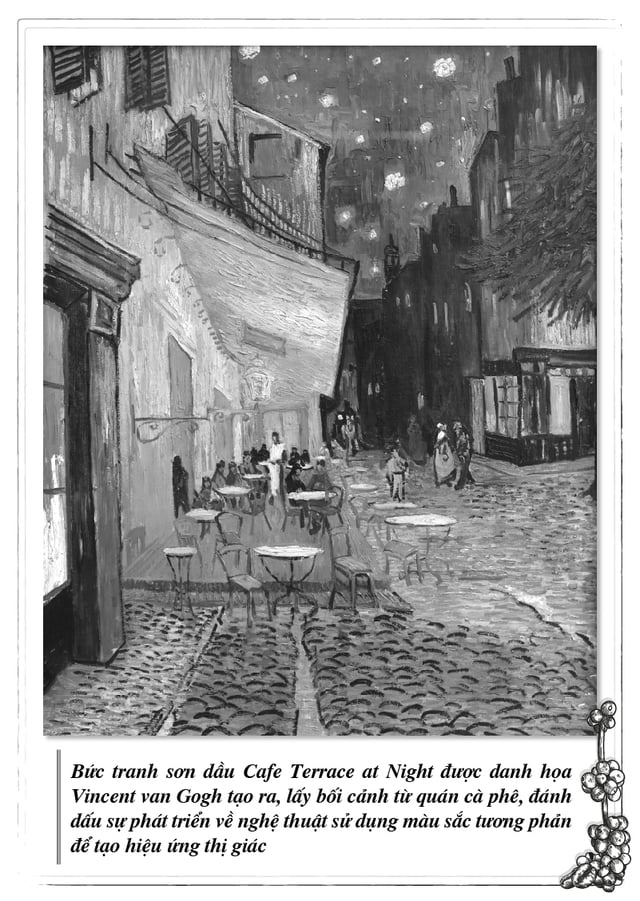
Entering the 20th century, with the desire to recreate the world, the inspiration and ideas shared from coffee shops became the catalysts that nurtured French art and literature movements. Cafe de Flore was where André Breton, Louis Aragon, Philippe Soupault exchanged and developed Surrealism, the Dadaism literary and artistic movement. La Rotonde was the exhibition space for works of art by many famous artists such as Pablo Picasso, Alexandre Jacovleff, Dieago Rivera... La Closerie Des Lilas was the gathering place of great names in the literary world such as Hemingway, Paul Fort, Paul Cézanne... with literary and cultural commentary sessions every Tuesday.
Also during this period, the Viennese coffee houses were the place to honor the new movements of Modernism. Famous architects and painters Gustav Klimt, Egon Schiele, Oskar Kokoschka and Adolf Loos… often met to discuss at the Café Museum. From here, Oskar Kokoschka's creative style broke free from the traditional rules of classical painting, laying the foundation for the Expressionism painting movement, the voice of the people of the new era, towards the spirit of humanity and freedom.
In addition, Café Korb, Café Central, Café Herrenhof, Café Hawelka… in Vienna are known as “loyal meeting places” of the literati, contributing to the creation of the famous Austrian literary era. In particular, Café Hawelka is where the Wiener Gruppe group of writers and poets researched the nature of linguistic meaning and promoted Baroque literature as well as Expressionism, Dadaism, Surrealism…
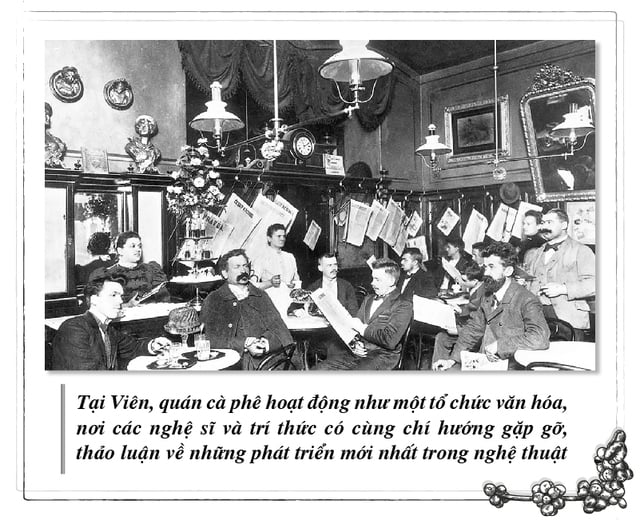
In Italy, important figures in the Italian literary and artistic fields gathered in coffee houses to discuss and develop new ideologies. A typical example is the Caffè Michelangiolo (Florence), where Italian painters initiated the Macchiaioli art movement to recreate Italian art. The Caffè delle Giubbe Rosse is honored as the place where Futurism was formed and developed.
It is no coincidence that coffee and coffee shops are important links that promote the historical development of world art. Coffee provides energy for intellectuals in general and the art world in particular to become insightful and creative. Meanwhile, coffee shops are where the quintessence of knowledge, culture, and art of the era converge. Moments spent over a cup of coffee to debate, exchange, or simply quietly feel life, to find creative inspiration, have promoted the formation of works, rules, and schools of art that have been famous and lasting for centuries.
We invite readers to watch the series of videos of Philosophical Coffee posted on the channel https://bit.ly/caphetrietdao

Read next issue: Art activities in coffee shop space
Source link





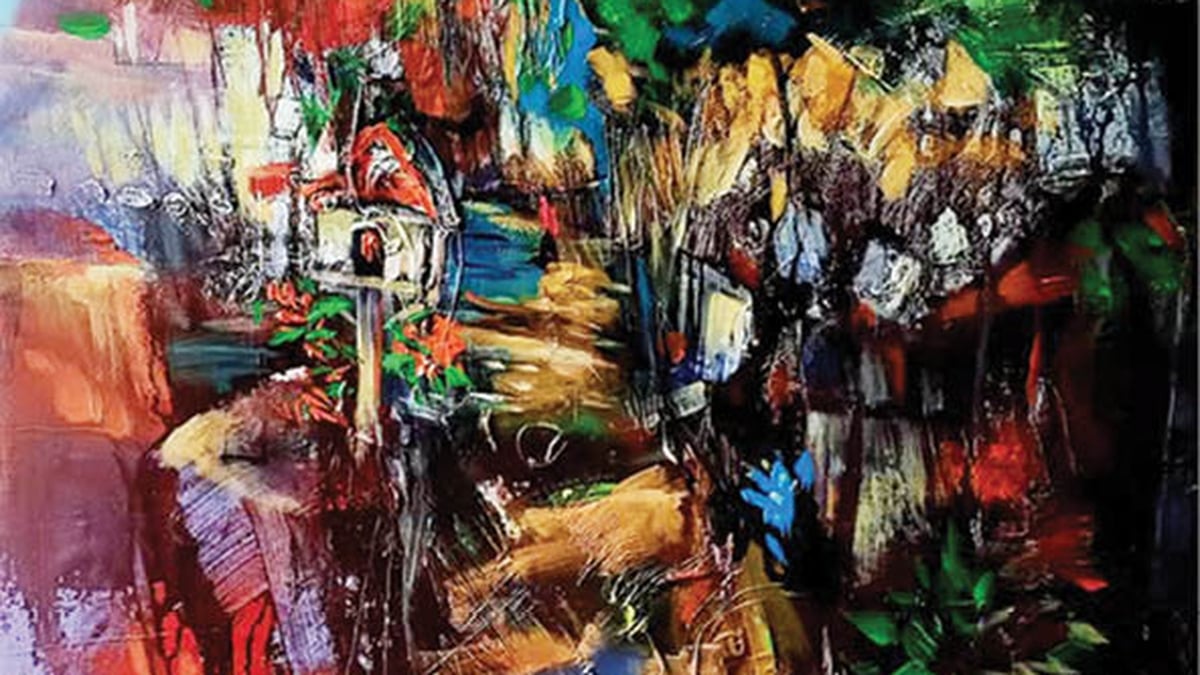




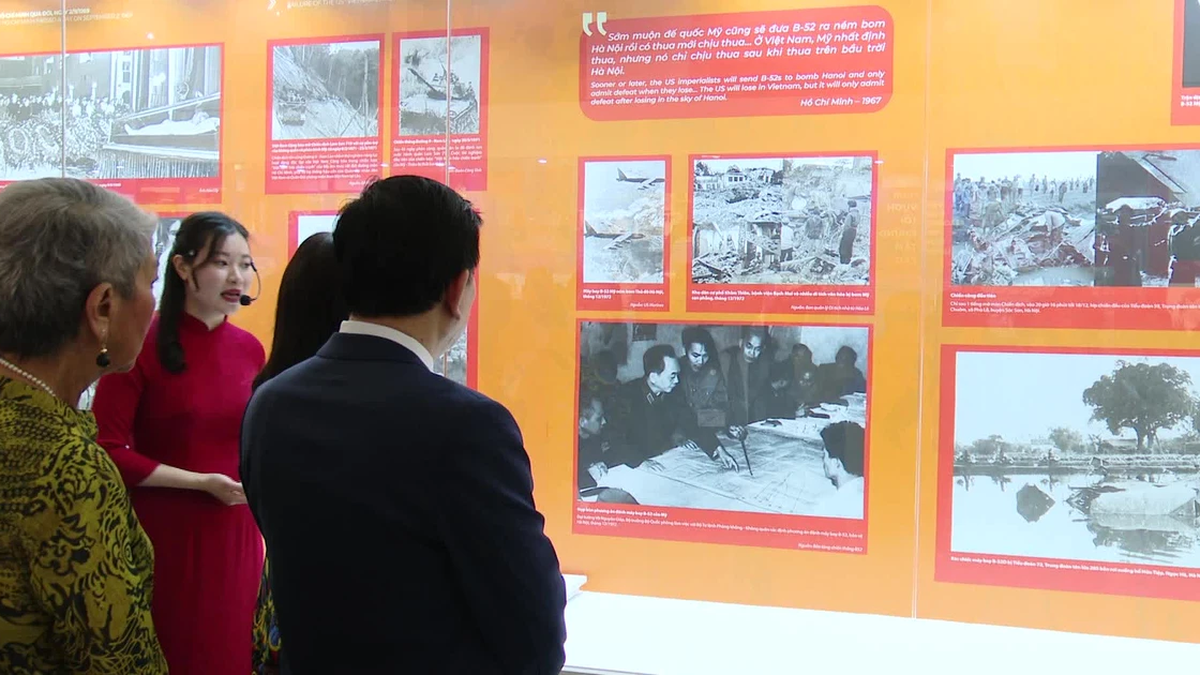
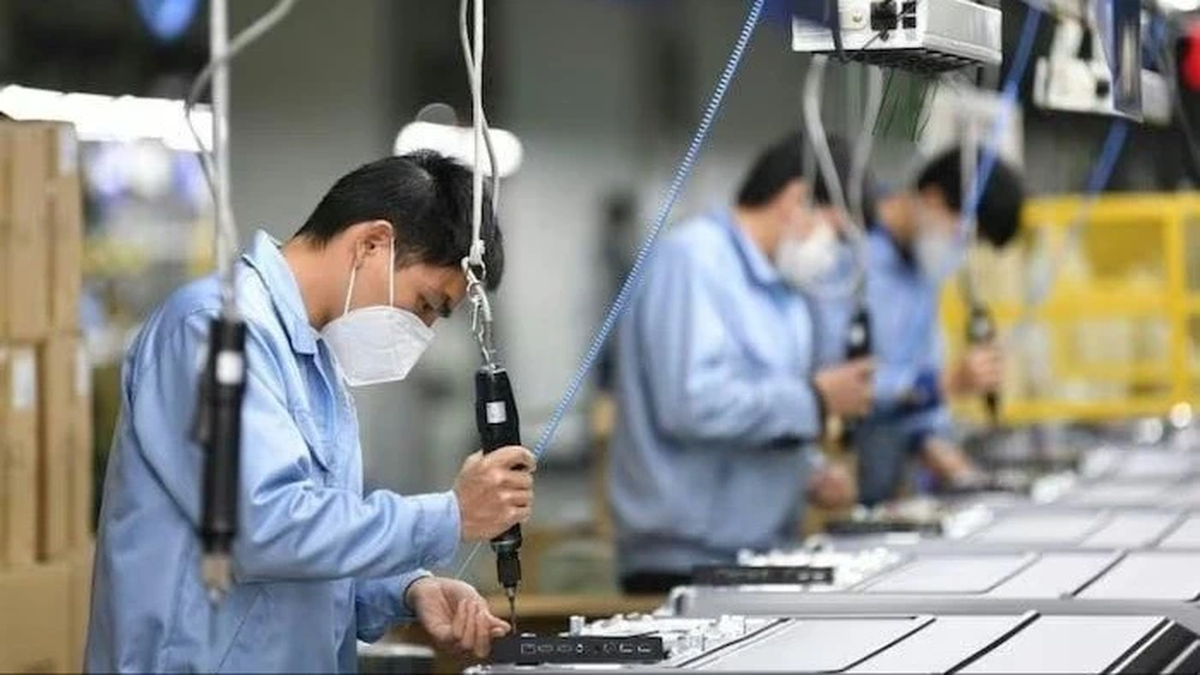






















































































Comment (0)